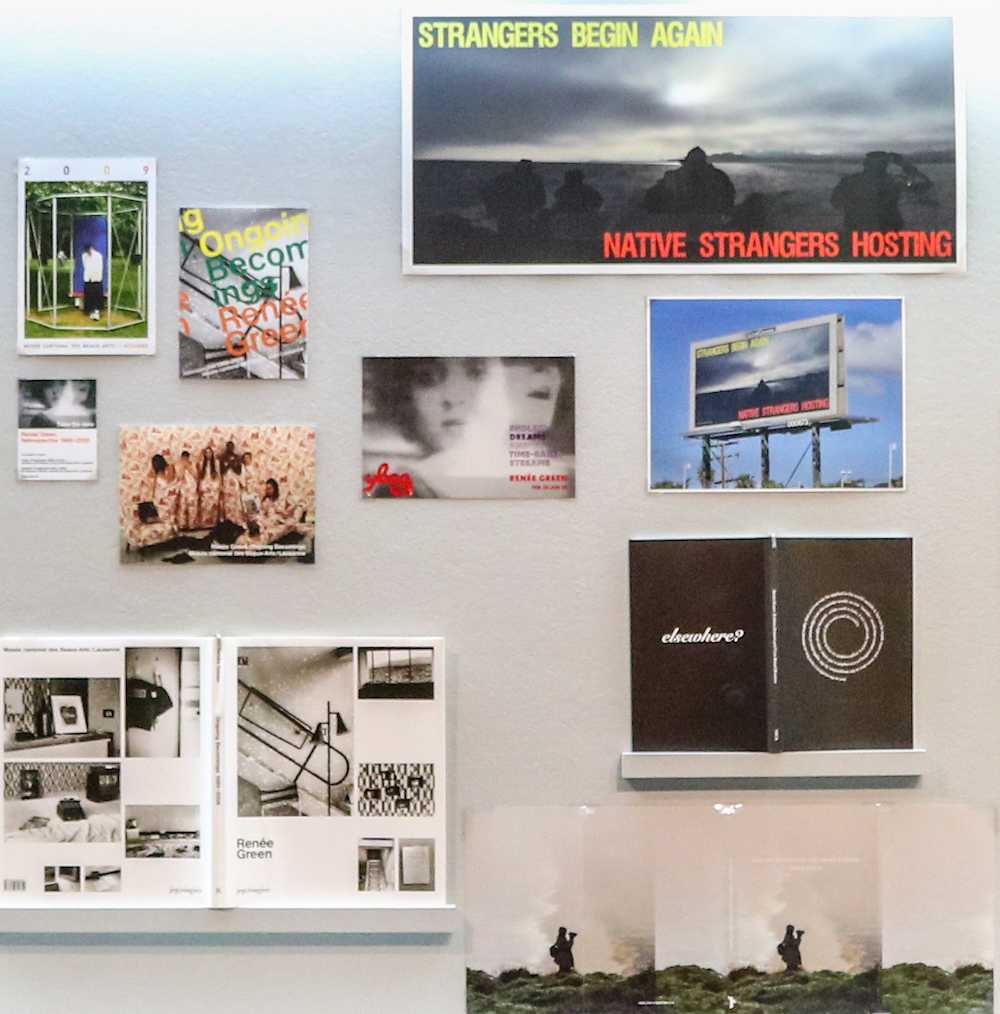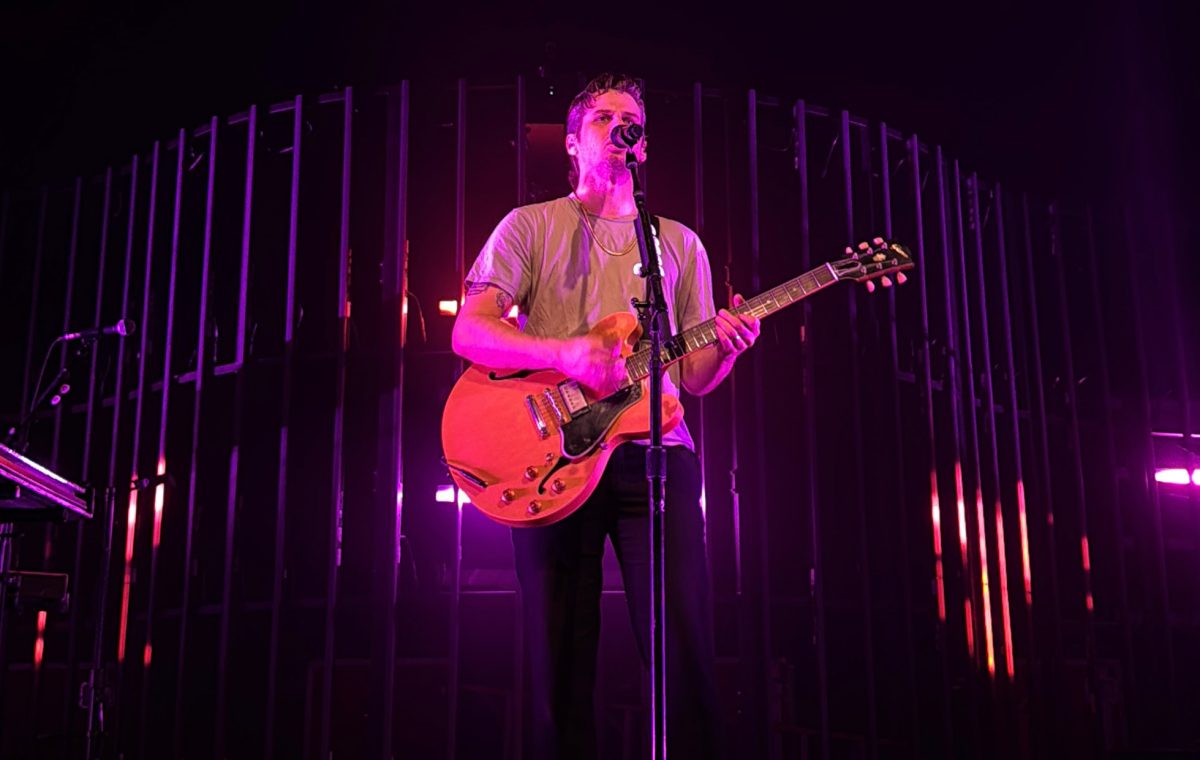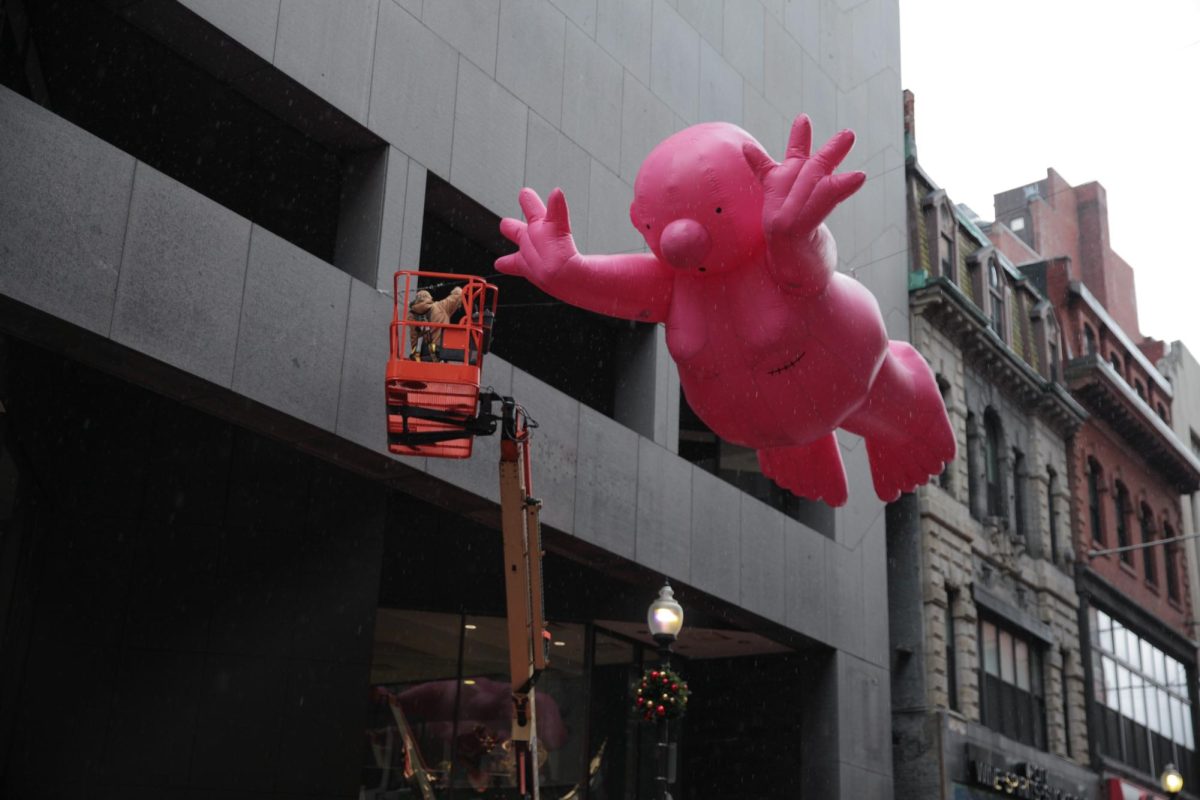By Liliana Pina, news correspondent
Imagine you could trace your life through the artwork you’ve constructed along the way, the shifts in mediums or topics varying based on your experiences and beliefs when you created them. For one artist, this idea isn’t so far-fetched.
On Feb. 23, Harvard University’s Carpenter Center for Visual Arts held a screening of “Partially Buried” (1996) and “Partially Buried Continued” (1997). The visual works were created by Renée Green as parts of a larger installation, “Partially Buried in Three Parts,” which was on display at Secession Museum in Vienna, Austria, in 1999.
The two short films explore the importance of time, place and circumstance in people’s lives and highlight the complex relationship which exists between happenstance and fate. Using different visual and auditory effects, such as written words typed across the screen and narration, the films left much of its themes up to interpretation.
“Much can be read in between the words and in between the images,” narrated a voice in the second film.
After the screening, Nora Alter, former chair of film and media arts (FMA) and director of the FMA Study Away Programs at Temple University, led an interview with Green, followed by a Q&A.
Alter’s questions largely focused on specific components of the “Partially Buried” series, such as sound and editing. However, because these works were made about two decades ago, there were parts of the film that were seemingly outdated. Alter highlighted one such moment when she commented on a part of “Partially Buried Continued”: When Green’s father explained his time in the Korean War to her via slideshow.
“That is a very nostalgic moment, to hear that recreation of something that doesn’t really happen anymore,” Alter said. “The series engages in a dialogue of what it means to be contemporary.”
Green released the first installation of Free Agent Media (FAM) Case, a separate but related art installation, at the Carpenter Center for the Visual Arts in Cambridge, Massachusetts, in January as part of her series, “Pacing,” which focuses on relations between humans and time.
Green, who currently teaches at the Program in Art, Culture and Technology (ACT) at the Massachusetts Institute of Technology, created the series as an effort to challenge the conceptions of art portrayed by museums, mainstream exhibits and the art industry in general. It is a component of her two-year residency program, which started in October 2016, and is a part of the Carpenter Center’s Institution (Building) program.
The display case, which consists of various components of printed matter, is not only composed of random clippings from newspaper and posters; it features memorabilia from Green’s former showcases, as well as publications she has written.
“It’s a little bit of a tracing of her own exhibition history,” said Daisy Nam, assistant director of the Carpenter Center.
Green’s projects, though distinct in nature, all coincide to form cohesive components of her life experiences. Although she has been consistently producing work for decades, she said she is unsure of where her work will take her in the future.
“When you’re working on something, a certain kind of openness can take place,” Green said. “You don’t want to know what the outcome is going to be in the beginning because you want to go on a journey. You want to be able to wander through all kinds of places. You’re discovering something in the process of doing something.”
Green’s works will be on display in the Carpenter Center through April 2018.
Photo by Paige Howell










